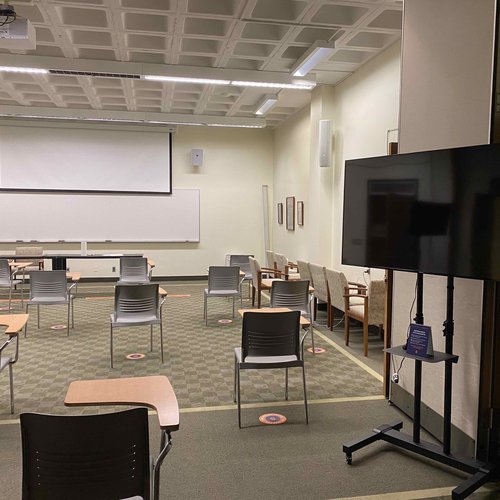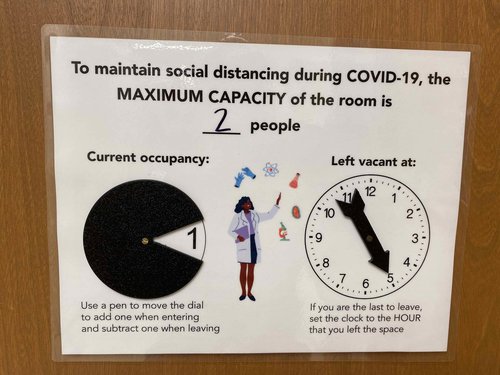Dear Physics Community,
Thank you for all your support over the past year. We saved up some of your gifts for a rainy day, as the pandemic demonstrated it was raining buckets for the past year.
Pandemic Response: If there was a quote to define the last year, it would be this one from Stephen Hawking, “Intelligence is the ability to adapt to change” (Oxford University graduation speech). We did a lot of adapting over the past year to deal with the COVID-19 pandemic. I would like to share a few of our work from the past year.
In the summer, we spent a lot of time figuring out how to teach well in the hybrid environment. Several physics instructors worked on working groups with faculty from across the college to consider just how we would pull off teaching in the fall.
- Jay Hubisz worked on assessments (exams) thinking about methods to combat online cheating in a virtual teaching environment.
- Denver Whittington worked on how to hold lectures, particularly large lectures.
- Walter Freeman worked with a group thinking about recitations and teaching assistants.
- Sam Sampere worked on a group discussing laboratories in a hybrid or remote environment.
Within the department, faculty also met regularly to brainstorm best practices about how to offer their classes. Faculty were meeting based on the type of class they were teaching whether it was large service courses, smaller physics major’s courses, or graduate courses. Graduate courses were taught 100% remote in order to allow the international student to attend class and not be left behind. Most of the international students were unable to join us in the summer due to delays in getting their visas.

The classrooms also had to be altered to accommodate social distancing for students who were coming in person. One huge asset was the physics department colloquium rooms, 202 – 204. These rooms were permanently opened to one space with the chairs hexagonally-packed to allow maximum occupancy. We were able to teach 29 people in this space. Room 208 was able to seat 13 people for smaller courses. These rooms were also decked out with additional AV equipment to enable remote communications using zoom. All the rooms we occupied including lab rooms were provided with small air filters outfitted with HEPA filter units.
Other spaces could have people but only with smaller numbers in the spaces. Each space had a sign put on the door like this:

Phil Arnold in the machine shop made these signs that hung around the department in common spaces and seminar spaces. Undergraduate and graduate students used these spaces to access remote classes while they were on campus.
In addition to updating the rooms, we changed the teaching schedule and who was teaching which classes. All graduate classes were remote, so that international students were able to join remotely to the classes and not get behind. That also allowed me to place physically vulnerable faculty to teach these courses in a remote fashion to keep them away from younger people (students) who had higher incidence rates of COVID-19 with fewer symptoms. Teaching outdoors in the fall because popular among the faculty.

They used the tents provided and rolled out moveable whiteboards that we purchased for this exact purpose. These whiteboards will be used for in person teaching to facilitate group work in the coming semesters.
To help us meet our teaching mission during this pandemic, we recruited the help of ~40 student coaches in the fall and spring semesters. These students worked with their undergraduate peers in classes and remotely to enable the class to give the personal support we normally would. We typically use coaches in our larger classes, but the number we hired this year was unprecedented. In fact, Syracuse Physics hired more undergraduate student coaches to help with our classes than the entire Syracuse University hired for contract tracing!
